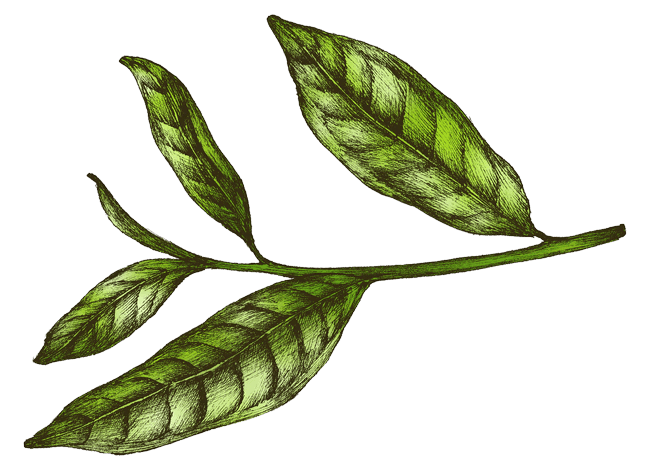Food is an essential part of human existence, providing nourishment, pleasure, and a way to connect with our cultural heritage. The history and evolution of food is a fascinating journey that spans thousands of years, shaped by the ingenuity and creativity of countless generations. In this blog post, we will explore the key milestones in the development of food and how it has shaped our modern cuisine.
The Early Years: Hunter-Gatherers and the Agricultural Revolution
In the early days of human civilization, our ancestors relied on hunting and gathering for sustenance. They foraged for wild plants, hunted animals, and fished in rivers and lakes. This nomadic lifestyle dictated their diet, which varied depending on the availability of resources in their environment.
However, around 10,000 years ago, a significant shift occurred with the advent of agriculture. Humans began to cultivate crops and domesticate animals, leading to a more settled way of life. This agricultural revolution marked a turning point in our relationship with food, as it allowed for the production of surplus crops and the development of permanent settlements.
Exploration and Trade: Spice Routes and Global Cuisine
As civilizations expanded and trade routes were established, the exchange of goods and ideas became increasingly prevalent. One of the most notable examples of this is the spice trade, which flourished during the Middle Ages. Spices such as cinnamon, pepper, and nutmeg were highly prized and sought after, leading to the exploration of new lands and the creation of global cuisine.
The introduction of new ingredients and cooking techniques from different regions had a profound impact on local cuisines. The fusion of flavors and the blending of culinary traditions resulted in the rich and diverse array of dishes we enjoy today.
The Industrial Revolution: Mass Production and Food Processing
The Industrial Revolution, which began in the 18th century, brought about significant changes in food production and consumption. Advances in technology and transportation allowed for mass production and distribution of food on a scale never seen before.
Canning, refrigeration, and other preservation methods revolutionized the way we store and transport food, making it possible to enjoy seasonal produce year-round. However, this era also saw the rise of processed foods, as manufacturers began to add additives and preservatives to extend shelf life and enhance flavor.
The Modern Era: Sustainable Farming and Culinary Innovation
In recent years, there has been a growing awareness of the environmental and health impacts of our food choices. This has led to a resurgence of interest in sustainable farming practices, organic produce, and locally sourced ingredients.
Furthermore, the modern era has witnessed a wave of culinary innovation, with chefs pushing the boundaries of traditional cooking techniques and experimenting with new flavors and presentations. The rise of food blogs, cooking shows, and social media has also democratized the culinary world, allowing home cooks and food enthusiasts to share their passion and knowledge.
Conclusion
The history and evolution of food is a testament to our ingenuity and adaptability as a species. From the humble beginnings of hunter-gatherers to the global cuisine we enjoy today, food has played a central role in shaping our culture, traditions, and identity. As we continue to explore new culinary frontiers, it is important to remember the rich heritage and diverse flavors that have brought us to this point.
